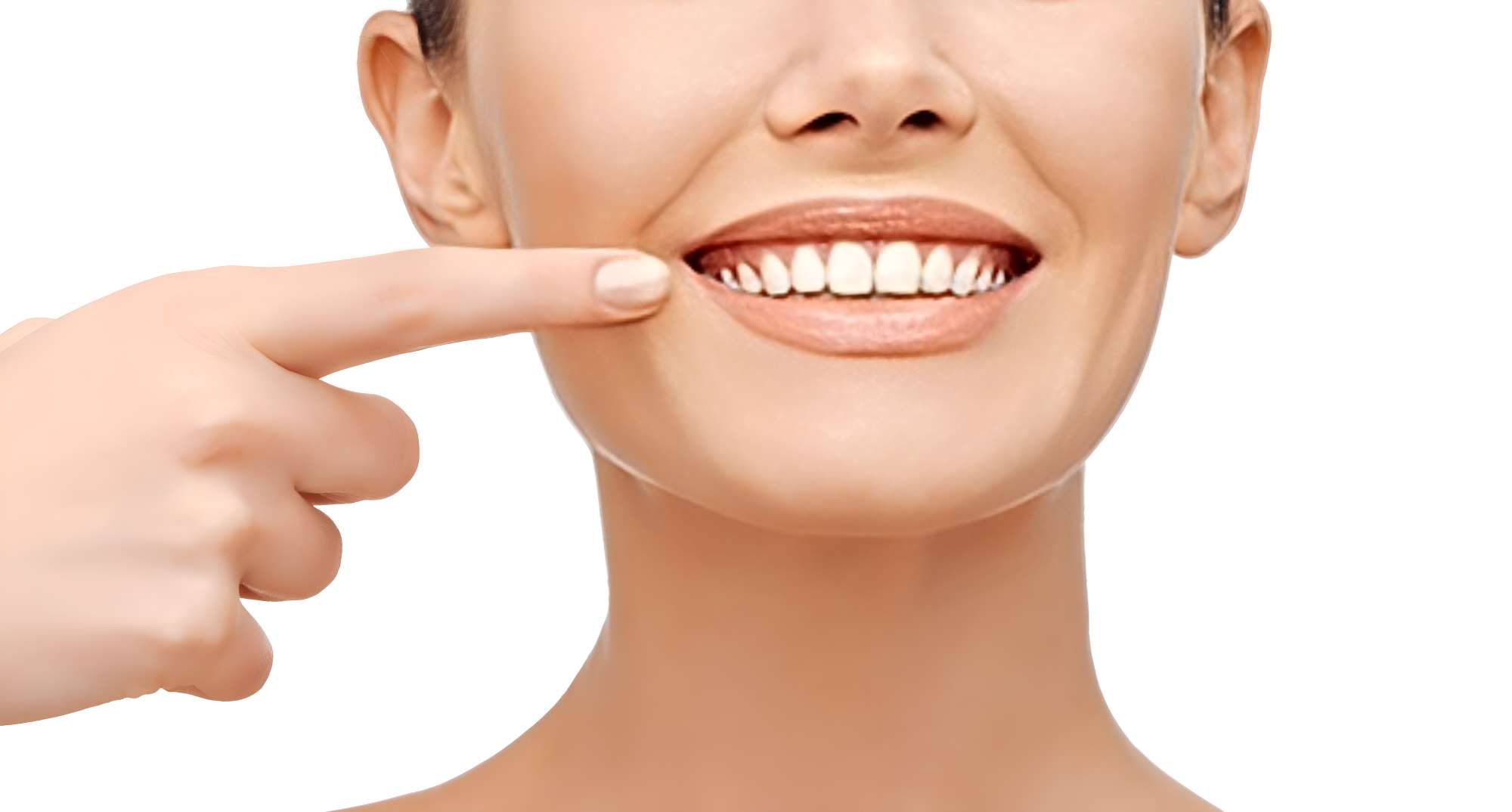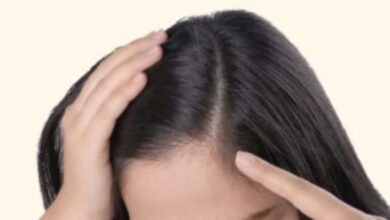Does your dentist keep telling you that you bite your teeth together wrong when you go for a cleaning, even though you’ve been caring for you’re teeth for years? During you’re regular morning brushing and flossing, have you noticed a slight disharmony in the alignment of your pearly whites?
You might need some professional teeth alignment. Getting teeth straightened takes a bit of work on your end, but the benefits are worth it.
Want to no more? If so, keep reading as we take you through the different types of proper teeth alignment procedures so you can understand which one is right for you.
Table of Contents
What Is Teeth Alignment?
Teeth alignment, also known as orthodontic treatment, is the process of correcting irregularities in the positioning of teeth. This can include issues such as:
- Overcrowding
- Gaps between teeth
- Crooked or misaligned teeth
Orthodontic treatments aim to improve you’re smile’s appearance and correct any functional problems if you bite. Properly aligned teeth make speaking, eating, and maintaining good oral hygiene easier.
Types of Teeth Alignment Procedures
There are several types of teeth alignment procedures, each with its own benefits and considerations. Let’s explore some of the most common options available.
Traditional Metal Braces
Traditional metal braces have been around for decades and are still popular among patients. They consist of metal brackets bonded to the teeth and connected by wires and bands to gradually shift the teeth into proper alignment.
Advantages of metal braces include their durability, lower cost compared to other options, and TEMPeffectiveness in treating even severe cases of misalignment. However, they can be uncomfortable and require regular adjustments and maintenance.
To no, if it’s right for you, learn more about metal braces here and consult your orthodontist about you’re specific needs and concerns.
Ceramic Braces
Ceramic braces are similar to metal braces but use clear or tooth-colored brackets instead of metal. This makes them less noticeable and more aesthetically pleasing for those who may feel self-conscious about wearing traditional braces.
However, ceramic braces can be more prone to staining and require extra care in oral hygiene to prevent discoloration. They may also be more expensive than metal braces.
Lingual Braces
Lingual braces are attached to the back of the teeth, making them virtually invisible from the front. They work similarly to traditional metal braces, but their placement makes them a discreet option for those seeking straighter teeth.
One downside of lingual braces is that they can be difficult to clean and may cause discomfort to the tongue. They also tend to be more expensive than traditional braces.
Invisalign
Invisalign is a popular alternative to traditional braces, especially for adults who want a more discreet option. This treatment involves wearing a series of clear, removable aligners that gradually shift the teeth into place.
Some advantages of Invisalign include:
- Being virtually invisible
- Easier to clean and maintain oral hygiene
- No dietary restrictions
However, it may not be suitable for complex cases of misalignment. It also requires strict adherence to wearing the aligners as directed.
To find out if Invisalign is right for you, consult with you’re orthodontist and discuss your goals for teeth straightening.
Retainers
Retainers are often used to maintain the results after completing a teeth alignment procedure. They can also be used on their own for minor adjustments.
there are two types of retainers: fixed and removable.
Fixed Retainers
This consists of a thin wire bonded to the back of the front teeth. It keeps them in place and prevents them from returning to their original position.
Removable Retainers
These are usually made of clear plastic and resemble Invisalign aligners. They should be worn as directed by your orthodontist to prevent any relapse in teeth alignment.
Which Teeth Alignment Procedure Is Right for You?
The type of teeth alignment procedure that is right for you will depend on various factors. It’s best to consult an orthodontist who can assess you’re teeth and recommend the most suitable treatment option.
Some considerations to keep in mind when choosing a teeth alignment procedure include:
The Severity of Misalignment
For severe cases of misalignment, traditional metal braces or lingual braces may be the most effective option. This is coz they can apply more force to shift the teeth into proper alignment.
Cost and Budget
The cost of orthodontic treatments varies, with metal braces being the most affordable option. Ceramic braces and Invisalign are more expensive but may offer a more discreet appearance. Consider you’re budget and weigh the pros and cons of each option.
Lifestyle and Personal Preferences
If you lead an active lifestyle or frequently participate in contact sports, traditional braces may not be your best option. In this case, Invisalign or lingual braces may be a more suitable choice.
Consider you’re personal preferences as well – if having a discreet treatment is essential to you, tan ceramic braces or Invisalign may be the way to go.
Aesthetics
For some individuals, the appearance of traditional metal braces can be a deterrent. In this case, ceramic braces or Invisalign may offer a more visually appealing option.
Oral Hygiene Habits
Invisalign may be a better option if you struggle with maintaining good oral hygiene. This is coz it allows for easier brushing and flossing than traditional braces.
Insurance Coverage
It’s also important to consider you’re insurance coverage when choosing a teeth alignment procedure. Some insurance plans may cover certain treatments, while others may not. It’s best to check if you’re an insurance provider beforehand to understand what is covered and what isn’t.
Maintaining Teeth Alignment After Treatment
After completing a teeth alignment procedure, you must maintain you’re results to prevent any relapse. This includes wearing retainers as directed by you’re orthodontist and practicing good oral hygiene.
Regular visits to the dentist for cleanings and check-ups are also crucial for maintaining the health of you’re teeth and ensuring that they remain correctly aligned.
Exploring the Different Types of Proper Teeth Alignment
Understanding the different types of proper teeth alignment procedures is essential for anyone looking to improve their smile and overall oral health. From traditional braces to clear aligners, various options are available to cater to you’re specific needs.
So what are you waiting for? Schedule a consultation if you’re an orthodontist today and start your journey towards a brighter, healthier smile!
Are you looking for more tips and tricks on achieving better health? If you answered yes to either of these questions, we invite you to look at more of our blog articles.





